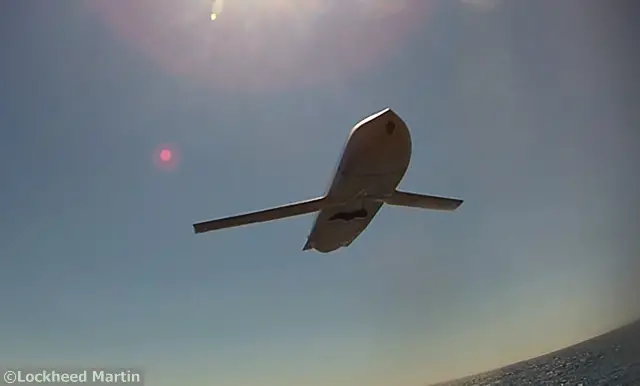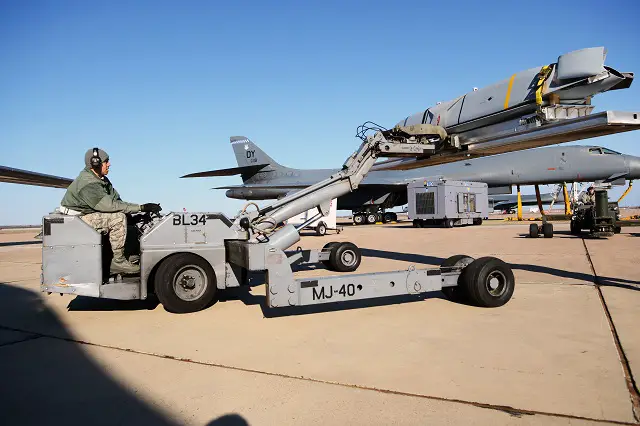Breaking news
US Navy, Air Force and DARPA Tested The Lockheed Martin LRASM Next-Gen Anti-Ship Missile.
| 2015
| |
|||
| a | |||
Naval
Forces News - USA |
|||
US
Navy, Air Force and DARPA Tested The Lockheed Martin LRASM Next-Gen
Anti-Ship Missile |
|||
The
U.S. Navy, U.S. Air Force and Defense Advanced Research Projects Agency
(DARPA) completed a successful test of the Long-Range
Anti-Ship Missile (LRASM) Feb. 4, marking a significant step
in maturing key technologies for the future operational weapon system. |
|||
 The test evaluated LRASM’s low-altitude performance and obstacle avoidance (File Picture: Lockheed Martin) |
|||
The
joint-service team, known as the LRASM Deployment Office (LDO), conducted
the test to evaluate LRASM’s low-altitude performance and obstacle
avoidance as part of the program’s accelerated development effort. “We are very pleased with how LRASM performed today and we are looking forward to continuing integration efforts on the Air Force B-1, followed by our Navy F/A-18, over the next few years,” said Capt. Jaime Engdahl, the LDO’s Navy program manager. “We have a clear mission, to deliver game-changing capability to our warfighters in theater as quickly as possible.” During the flight from the Sea Test Range in Point Mugu, California, the B-1 Bomber released the LRASM, which navigated a series of pre-planned waypoints to verify aerodynamic performance. In the final portion of the flight the missile detected, tracked and avoided an object that was deliberately placed in the flight pattern to demonstrate its obstacle avoidance algorithms. |
 U.S. Air Force Tech. Sgt. Rene Ayala, 7th Maintenance Group load standardization crew member, maneuvers a Long Range Anti-Ship Missile (LRASM) in preparation for an upcoming test flight Feb. 2 at Dyess Air Force Base, Texas. The Navy, Air Force and Defense Advanced Research Projects Agency (DARPA) completed the test Feb. 4, successfully launching the LRASM from an Air Force B-1 Bomber. (U.S. Air Force photo) |
|||
Since
completing two successful test flights in 2013, LRASM has rapidly transitioned
from a DARPA demonstration to a formal, U.S. Navy program of record, with
fielding set for 2018. The program reflects initiatives from DoD’s
Better Buying Power 3.0, which encourages rapid prototyping and other
forms of innovative acquisition to keep a technological edge and achieve
greater efficiency and productivity in defense spending. “We’ve shown that by taking advantage of the Defense Department’s evolving acquisition policy, it is possible to significantly accelerate the fielding of a high-payoff technical system for the warfighter,” said Artie Mabbett, LDO director. The LDO and industry partner Lockheed Martin are developing LRASM as an air-launched offensive anti-surface warfare weapon to counter the growing maritime threats in an Anti-Access/Area Denial (A2/AD) environment. When operational, LRASM will play a significant role in ensuring military access to operate in open ocean/blue waters and the littorals due to its enhanced ability to discriminate and conduct tactical engagements from extended ranges. To learn more: Link to LRASM Long Range Anti-Ship Missile technical datasheet |
|||



























